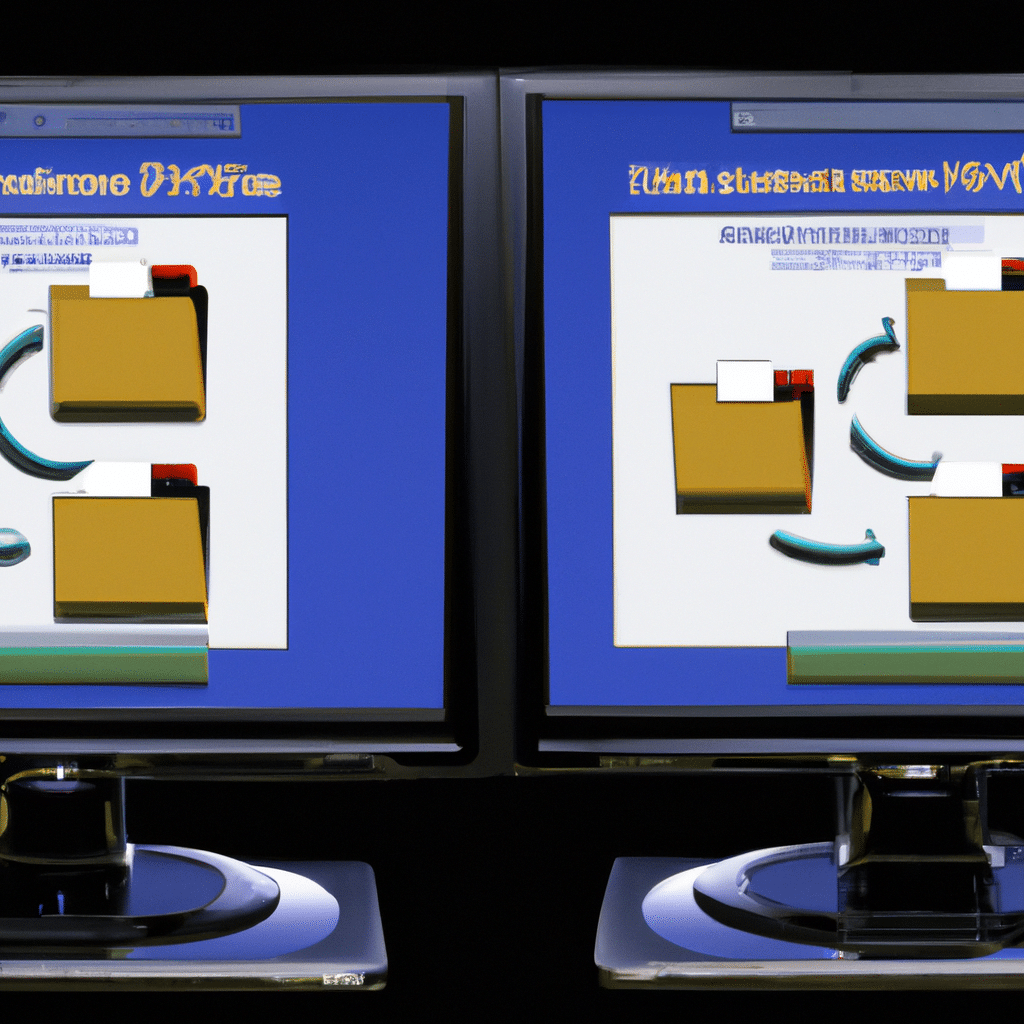As technology continues to advance, so does the amount of data we generate. Whether you’re a small business owner or an individual, you need to have a backup plan in place to protect your data from being lost or corrupted. There are two main methods for data backup: replication and backup. In this article, we will discuss the differences between replication and backup and which method is best for your needs.

What is Replication?
Replication is the process of duplicating data from one server to another. This method is often used for real-time data synchronization between multiple servers. The data is copied and stored in multiple locations, ensuring redundancy and high availability. Replication is a popular method for disaster recovery and business continuity planning.
What is Backup?
Backup is the process of making a copy of data and storing it in a separate location for safekeeping. This method is often used for long-term data retention and archival purposes. Backups are usually performed at regular intervals, such as daily, weekly, or monthly. Backups can be stored on physical storage devices like external hard drives or in the cloud.
Differences Between Replication and Backup
The main difference between replication and backup is the purpose of each method. Replication is used for real-time data synchronization and disaster recovery, while backup is used for long-term data retention and archival purposes.
Replication is designed to provide high availability and redundancy, while backup is designed to protect against data loss. Replication is typically faster than backup, as it is done in real-time, whereas backup can take longer to complete, depending on the amount of data being backed up.
Another key difference between replication and backup is the level of granularity. Replication typically replicates entire databases or file systems, while backup can be more granular, allowing you to back up specific files or folders.
Which Method is Best for Your Needs?
The choice between replication and backup depends on your specific needs. If you need real-time data synchronization and high availability, replication is the way to go. Replication is ideal for businesses that need to ensure that their data is always available, even in the event of a disaster.
If you need long-term data retention and archival purposes, backup is the way to go. Backups allow you to store your data for as long as you need it, without worrying about losing it. Backup is ideal for individuals and businesses that need to retain data for legal or compliance reasons.
Conclusion
In conclusion, both replication and backup are important methods for data protection. Replication provides real-time data synchronization and high availability, while backup provides long-term data retention and archival purposes. The choice between replication and backup depends on your specific needs. By understanding the differences between replication and backup, you can choose the method that is best for your business or personal needs. Remember to always have a backup plan in place to protect your data from being lost or corrupted.












